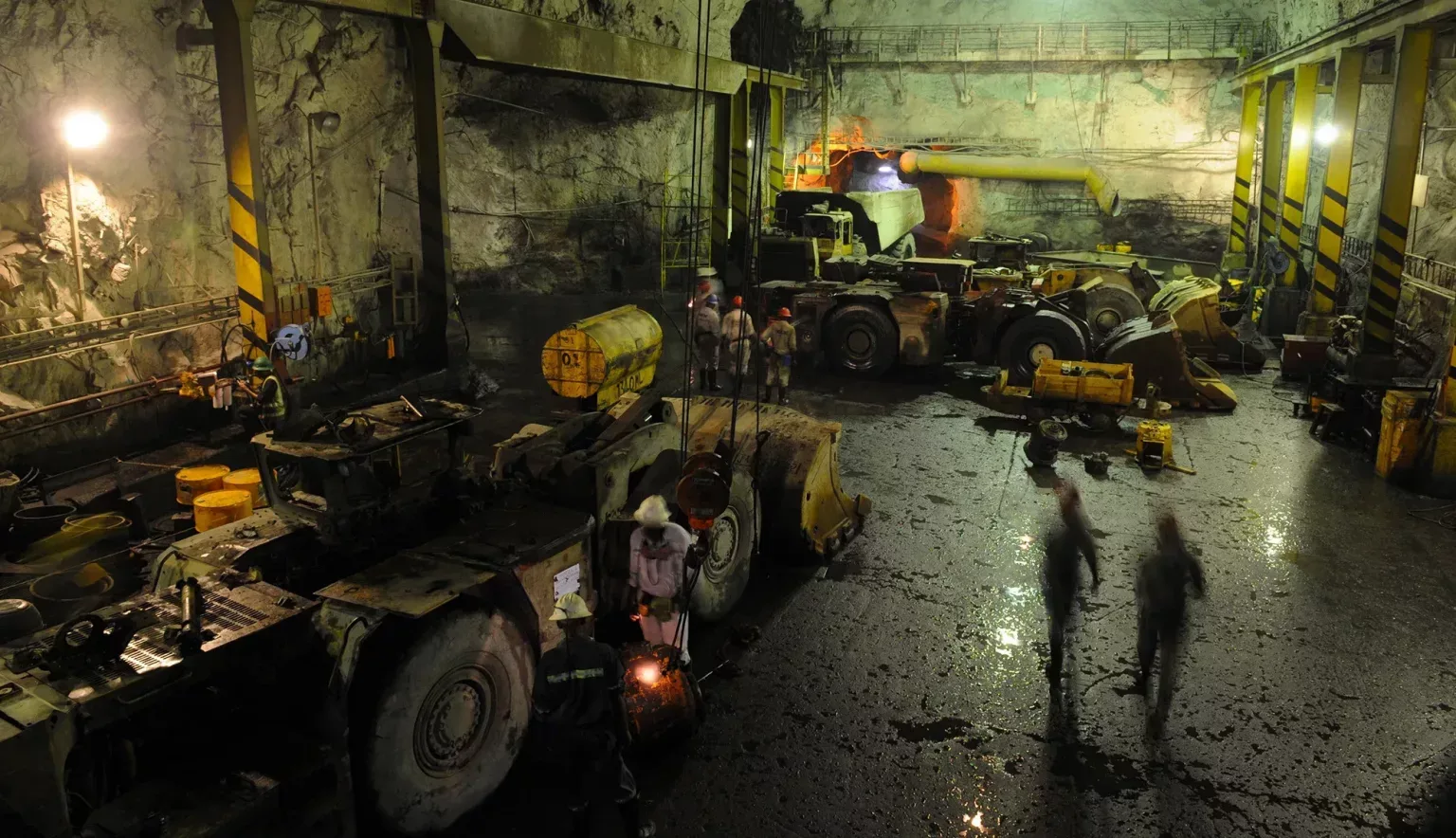COMMUNITY CONSCIOUS
Alongside its commitment to education within the communities surrounding Mopani Copper Mines, the company is actively involved in local sports initiatives.
MCM continues to invest in and sponsor the sporting activities of Nkana Football Club, Mufulira Wanderers, Nkana Golf Club, Mufulira Rugby Club, and Diggers Rugby Club, the latter of which it is a major sponsor.
“This has resulted in the ability for Zambia to stage international events such as the Zambia Open Golf Tournament, the Council of Southern Africa Football Association (COSAFA) Cup, international rugby tournaments, and the Motorcross of African Nations at MCM sporting facilities,” Tembo tells us proudly.
Parallel to this, Mopani Copper Mines sponsors clubs dedicated to golf, tennis, rugby, women’s football, and squash. Expanding on why sports initiatives are so important to the company, Tembo comments, “Mopani Copper Mines believes that investing in sport can widely foster national development and contribute to the economic growth of the nation.”
This economic growth is stimulated through business investment and employment. As an example, all football players at Nkana Football Club and Mufulira Wanderers draw a salary from funds provided through monthly MCM grants to the clubs.
“MCM believes that every child should be given a chance to develop their full potential in life despite one’s background; hence MCM established sports academies that looks after children’s educational needs amongst others.
“These sports academies bring about benefits such as talent identification at an early age, building self-esteem and giving children a strong sense of purpose. “Their participation in the academies instils in them the virtues of commitment and hard work,” Tembo observes.
Complementary to the emphasis on wellbeing with sports programmes, Mopani Copper Mines participates in and contributes to the local healthcare sector.
“We proudly operate two hospitals in Kitwe and Mufulira, both of which are BSI ISO Certified,” Sakanya informs us.
Both facilities run full programmes on HIV screening, testing and treatment for employees and members of the public. The Kitwe institution also runs a club for sufferers of club foot at the Wusakile hospital.
“In addition, MCM runs a Malaria prevention programme in both Kitwe and Mufulira, reducing the incident rate to less than one percent,” he adds.
HOW MOPANI COPPER MINES NAVIGATES CRISES
The emphasis of Mopani Copper Mines on health care and the wellbeing of the community rose to the fore during the past 20 months over the course of the COVID-19 pandemic.
Unfortunately, MCM itself was heavily impacted, recording 801 cases of COVID-19, 789 recoveries, and 12 deaths. In response to the outbreak of the pandemic, the company developed a COVID-19 management plan centring on three crucial steps: the formulation of pandemic management policy, the implementation of a COVID-19 Corporate Management Team, and weekly assessments of the effectiveness of COVID-19 control measures.
MCM was also quick to respond with prevention strategies, disseminating information about the spread of the virus across the mine’s sites and implementing transmission controls throughout the premises. This included temperature monitoring at access gates, wearing face masks, hand washing facilities, provision of hand sanitisers, daily rounds of spraying with disinfectant and regulating safe sitting distances on employee buses. This also comprised COVID-19 screening of travellers and employees returning from leave as well as the adjustment of shifts for employees in shared offices.
“During this period, MCM ensured that isolation facilities were maintained and equipped, and that medical personnel were trained in the national COVID-19 management protocols,” adds Tembo.
With the COVID-19 pandemic still ongoing, Mopani Copper Mines is currently engaged in undertaking a rigorous vaccination campaign, resulting in 17 percent of the company’s staff being vaccinated.
“A lot of our employees are still sceptical about the vaccine, but we are confident that with time, a greater awareness of the benefits will translate into more employees being vaccinated,” she comments.
THE HEART OF THE MINE
With Tembo overseeing the crucial importance of MCM’s position as a community-conscious company, for Mambo Chooye, General Manager of Smelter and Refinery, his position is equally paramount in maintaining a forward-facing operation.
MCM’s processing facility comprises the smelter and refinery that has the capacity to produce 220,000 tonnes of cathode per annum.
At present, Chooye’s focus on internal operations entails sustaining works to maintain the integrity of the asset, returning to Sakanya’s strategic vision of guiding MCM through the aftermath of the Glencore International AG exit.
“We have managed to stabilise the plant from the time we came out of the six-month shutdown in 2019, whilst maintaining the refractory wear profile in the ISA furnace, and we look set to go into the next shutdown in 2022 without any major challenges,” Chooye tells us.
Once stabilised, Chooye will be instrumental in overseeing an increase in the treatment of copper concentrates to 850,000 tonnes per annum by 2025.
With MCM’s world-class competencies, Chooye is confident of these aspirations.
“Mopani Copper Mines produces cathodes meeting LME Grade A specifications,” he continues.
“We also have the capacity to treat a variety of concentrates from different mines around the country, and qualified multi-disciplinary personnel employed to run various operations within the plants.”
Throughout operations, Chooye asserts how MCM maintains constant engagements and consultation with OEMs and a positive operational discipline that is key to the running of the plants. Effective maintenance management systems are implemented to yield good availabilities, and all operations are in alignment with accredited management systems including QMS ISO 9001:2008, OHSHAS 18001:2007 and EMS ISO 14001:2015.
MODERNISING MCM
Turning to the facilities themselves, the Mopani Copper Mines smelter and refinery plants are equipped with automated systems and state of the art equipment.
Of course, it was not always this way. Indeed, MCM’s original smelter began with a reverberatory furnace that was installed in 1937, and not upgraded until 2006. This involved the commissioning of a 720k TPA Isasmelt furnace, a 12 MVA Matte Settling Electric Furnace, a 650 tpd oxygen plant and an acid plant with a design capacity of 1,050 tonnes of acid per day (Smelter Acid Plant Number One).
“Our secondary smelting operation also has three 13 inches by 17 inches pierce smith converters, two 400-tonne anode furnaces and a twin-casting wheel,” Chooye informs us.
In addition, in 2009 MCM commissioned a second acid plant with the capacity to produce 2,356 tonnes per day.
Modernisation has subsequently increased production and streamlined operations for greater efficiency.
“The modernisation of the smelter has bought in flexibility to treat concentrates from various sources, improved efficiencies and increased the throughput,” he adds.
“We moved from an old and problematic electric furnace to a more versatile Isasmelt furnace that is capable of running at 112.5t/h and producing a consistent matte grade of 64 percent copper.”
Through these improvements, MCM is able to effectively stabilise the plant within an hour of start-up and has moved away from human dependency, thereby reducing the risk of causing damage to the facility. In addition to improving the availability and utilisation of the plant, the physical and chemical quality of the anodes produced has also improved, keeping rejection rates to a minimum.
Within the move to modernisation, all smelting and refining processes at MCM are becoming increasingly sustainable.
This is best evidenced by the acid plant, where 95 percent of all sulphur dioxide emissions are captured and treated to produce sulphuric acid. This in turn further contributes to MCM’s production of fertilisers, in their efforts to support Zambia’s agricultural industry.
All sulphuric acid tank containers have secondary spill containment facilities, while the tank house at the refinery has an impermeable floor to contain any accidental leakages that are then recycled back into the process.
“The slimes drying plant that previously used cord wood fires has also been modernised to use rotary driers, thereby reducing our impact on deforestation,” Chooye comments.
MCM also keeps a close eye on ground water across the site, continually monitoring its quality and supply through the installation of wells.
Aside from these efforts, MCM is dedicated to ensuring compliance with regulatory standards to guarantee quality control.
“We have an elaborate and robust sulphur dioxide monitoring system that covers stack emission, our fence line and the community. This ensures that any upset conditions are rectified immediately.”
All emissions emanating from the plants are carefully monitored, with interlocks in place on stacks that prevent levels from exceeding the set limits.
“We have set up an Air Quality Control (AQC) unit whose main function is to control emissions through the use of a Trigger Action Response Plan (TARP).
“The AQC monitors stack emissions, emissions along the plant boundary and the community. The AQC operators have the authority to suspend plant operations once emissions reach the agreed threshold.”
In addition, MCM works closely with the Zambia Environmental Management Agency (ZEMA) on a daily basis to ensure that the mine is operating within the set regulatory limits.
Meanwhile, all chemicals used throughout MCM’s processes meet both local and international regulatory requirements, including the Montreal Protocol and the Stockholm Convention on Persistent Organic Pollutants (POPS).
We have embraced a culture change in the department that focuses on safety, operational discipline, asset integrity, and production. This has since yielded very good results
Mambo Chooye, General Manager Smelter and Refinery, Mopani Copper Mines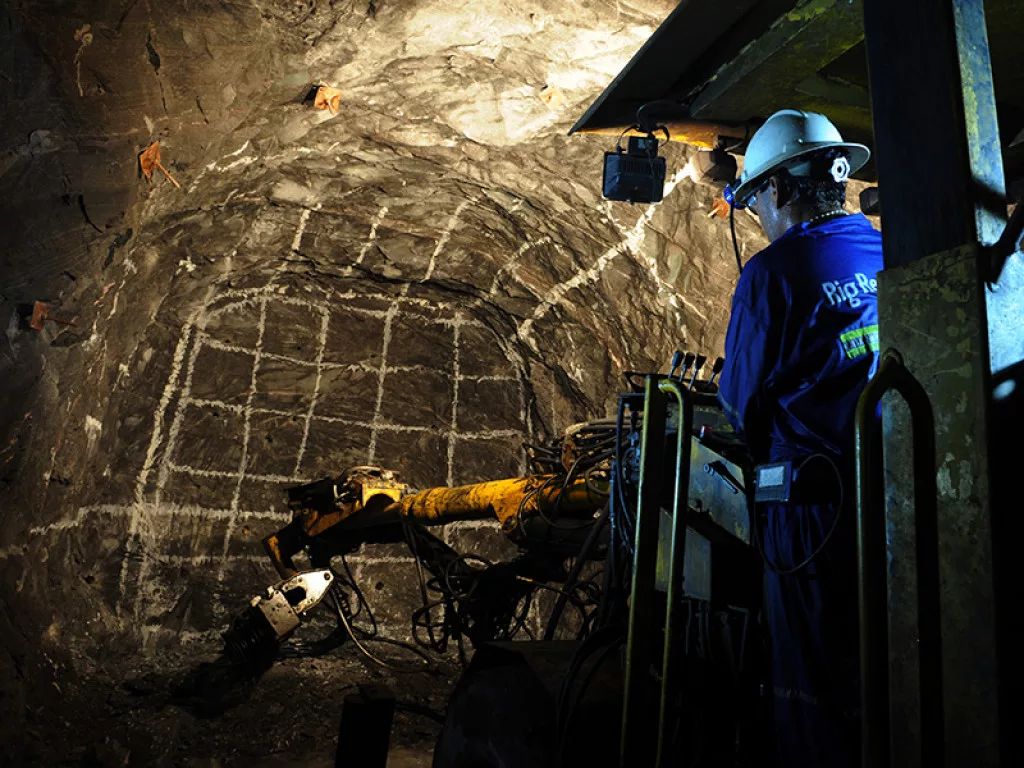
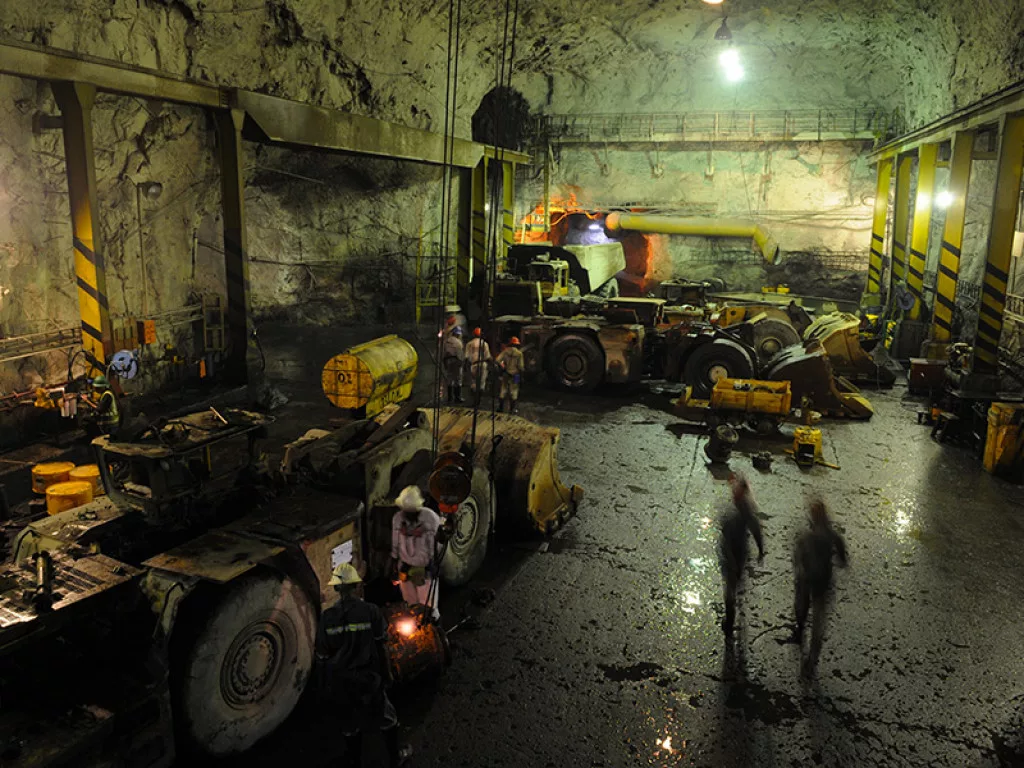
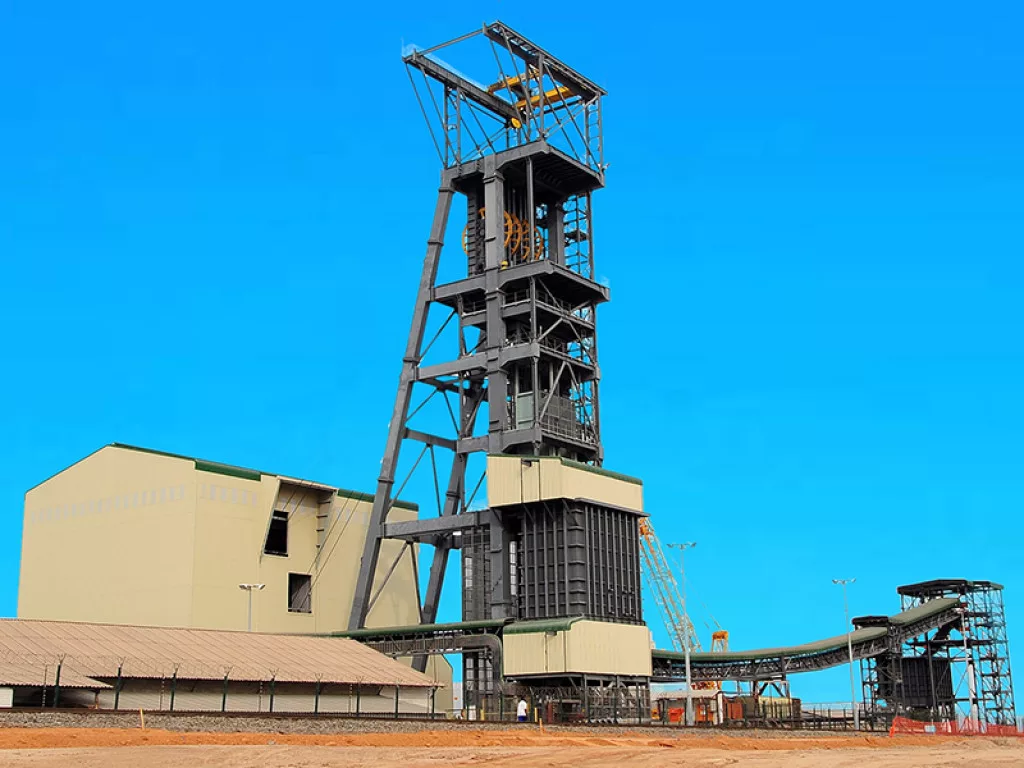
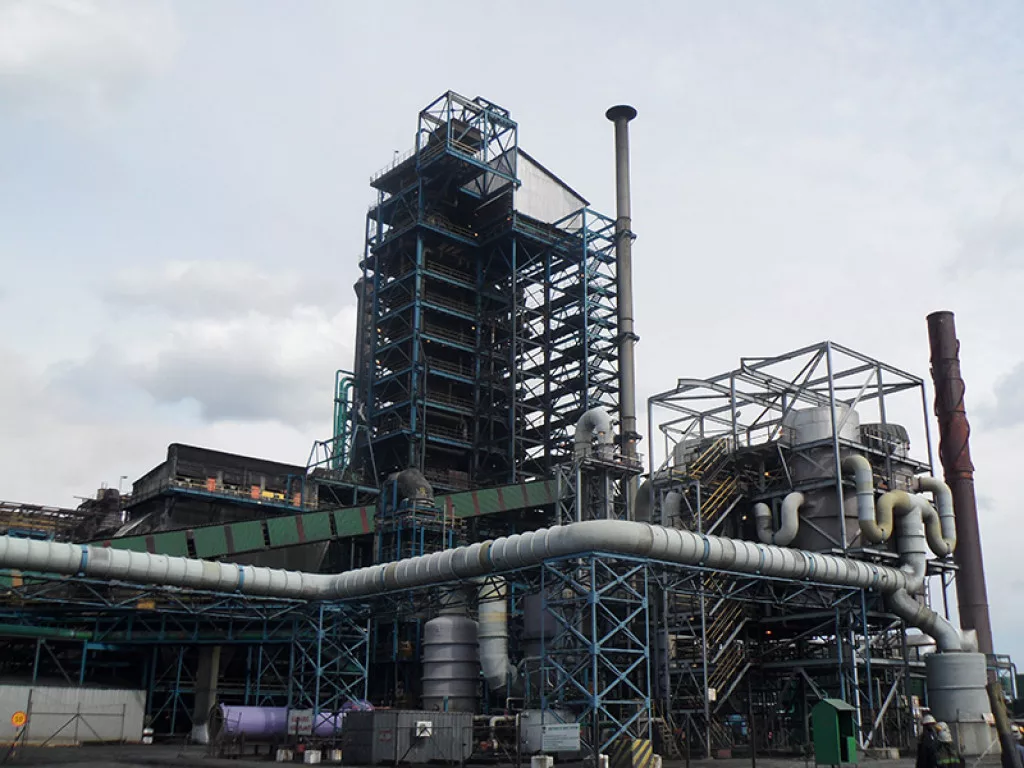
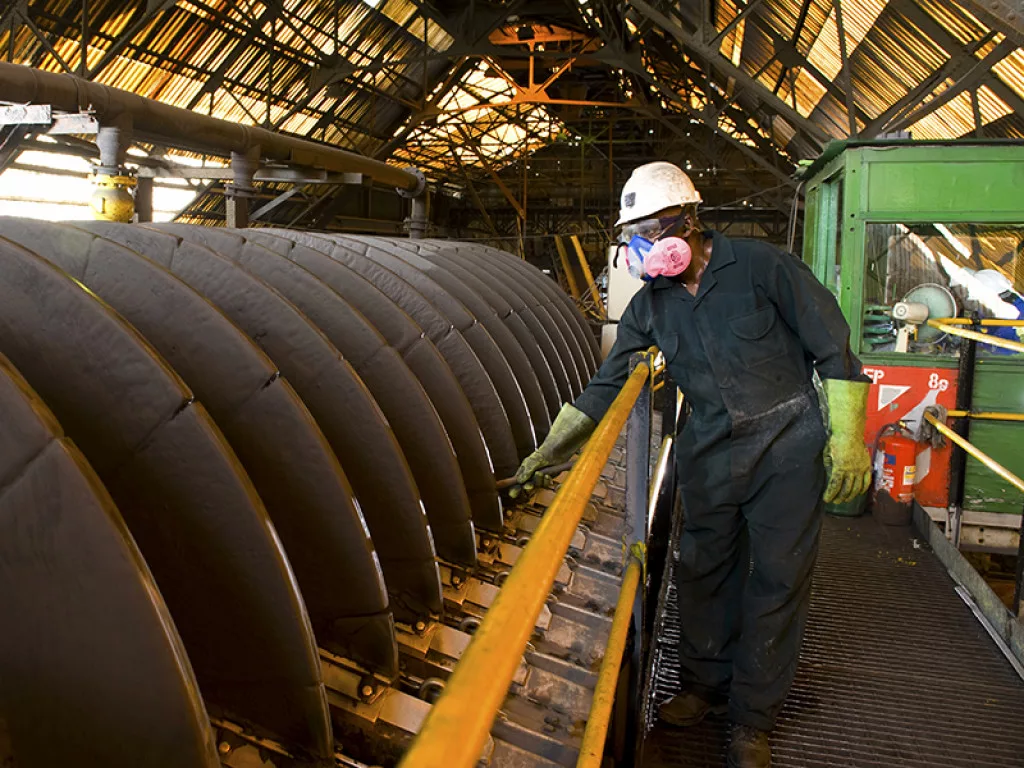
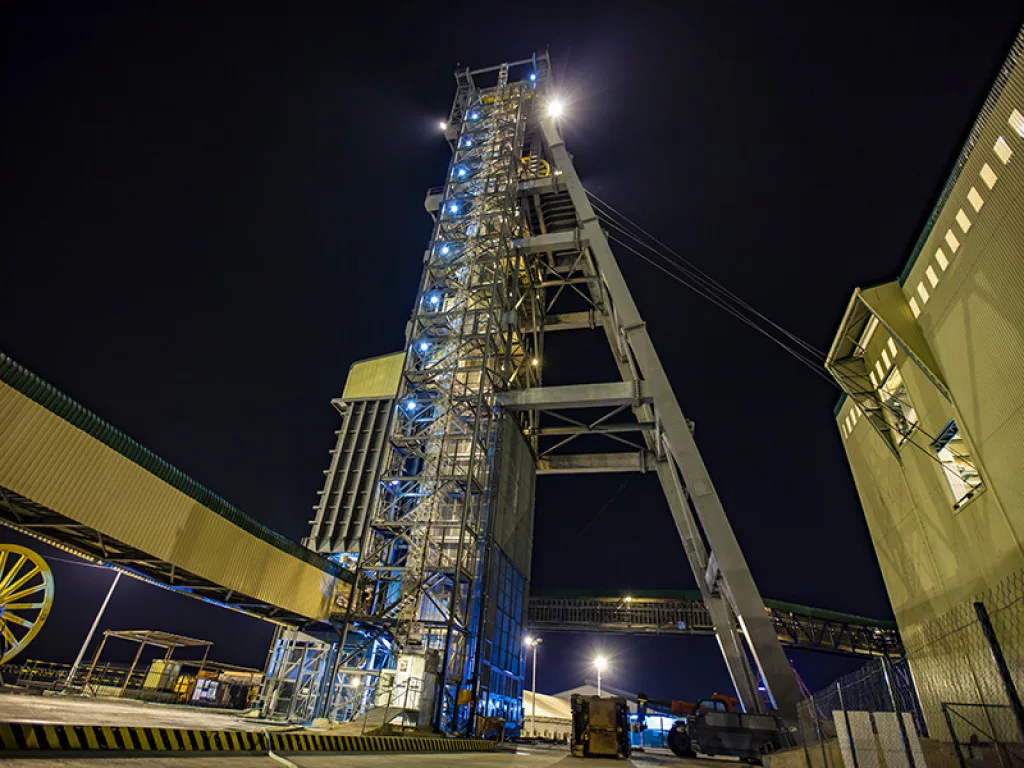
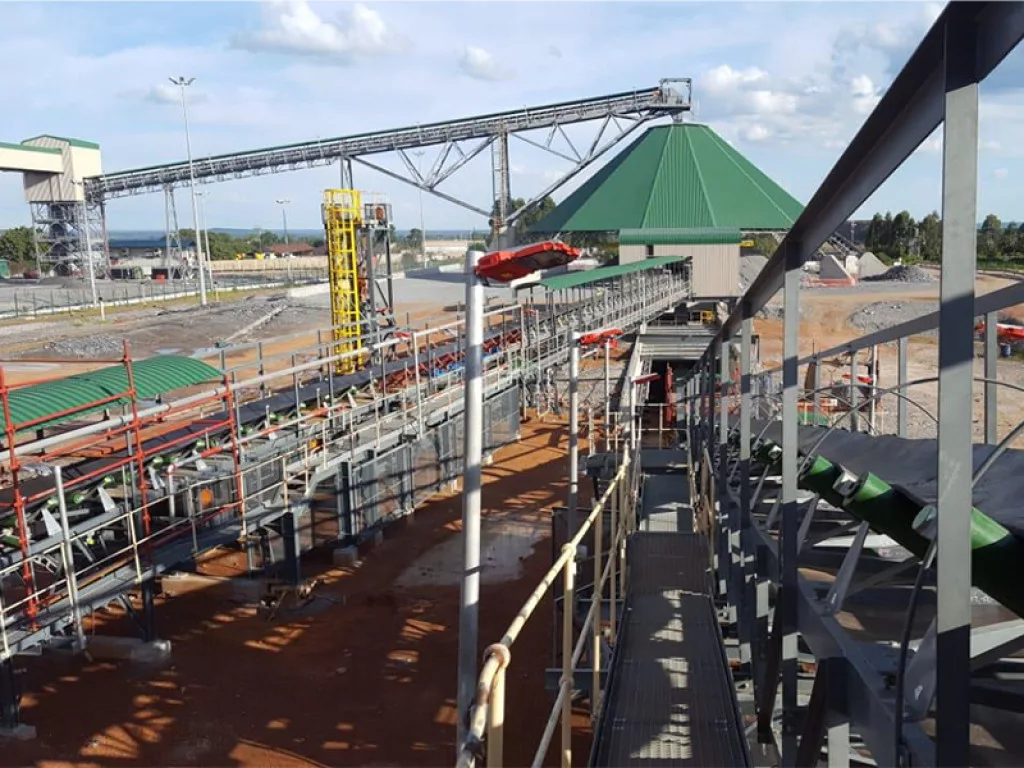
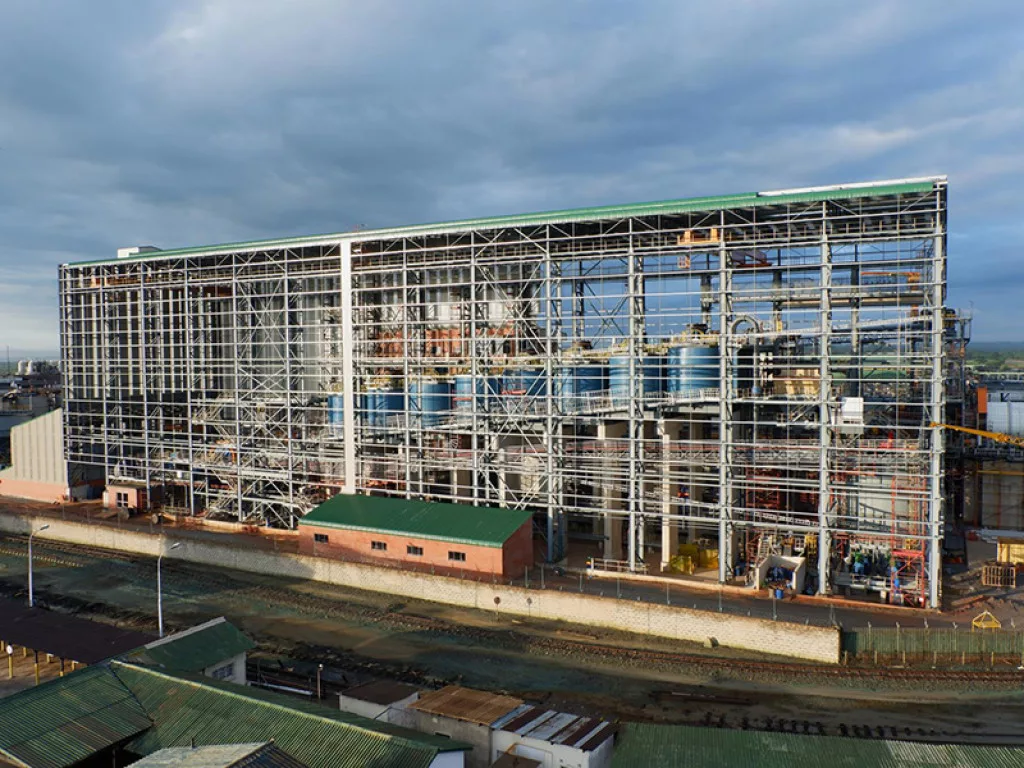
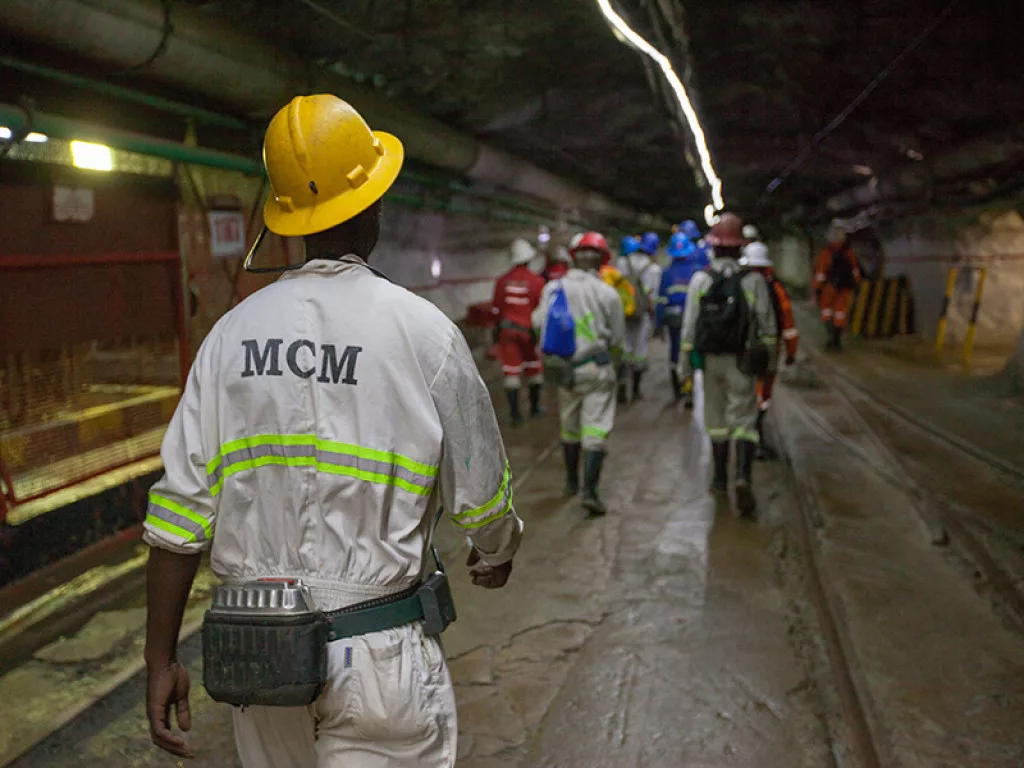
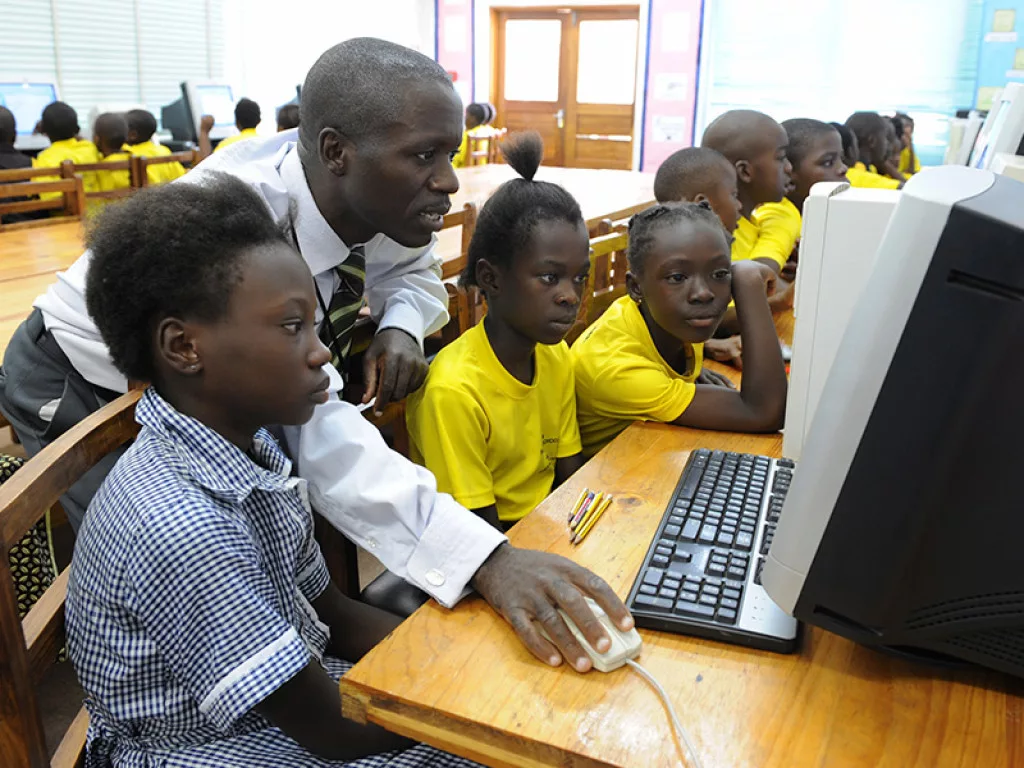
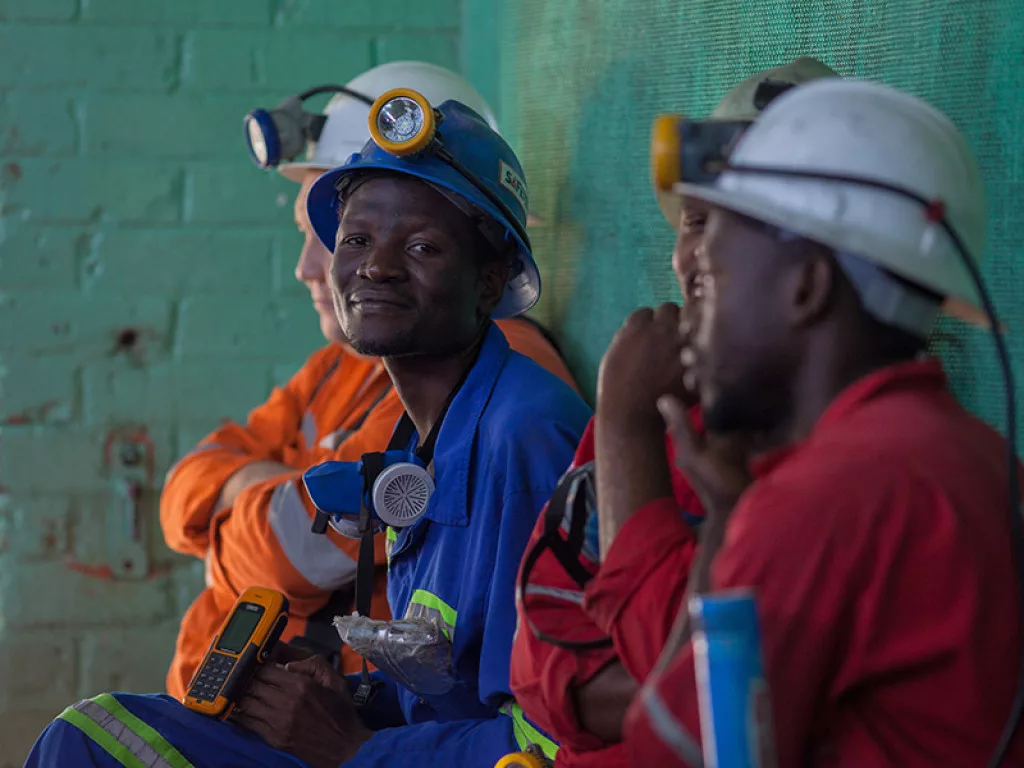
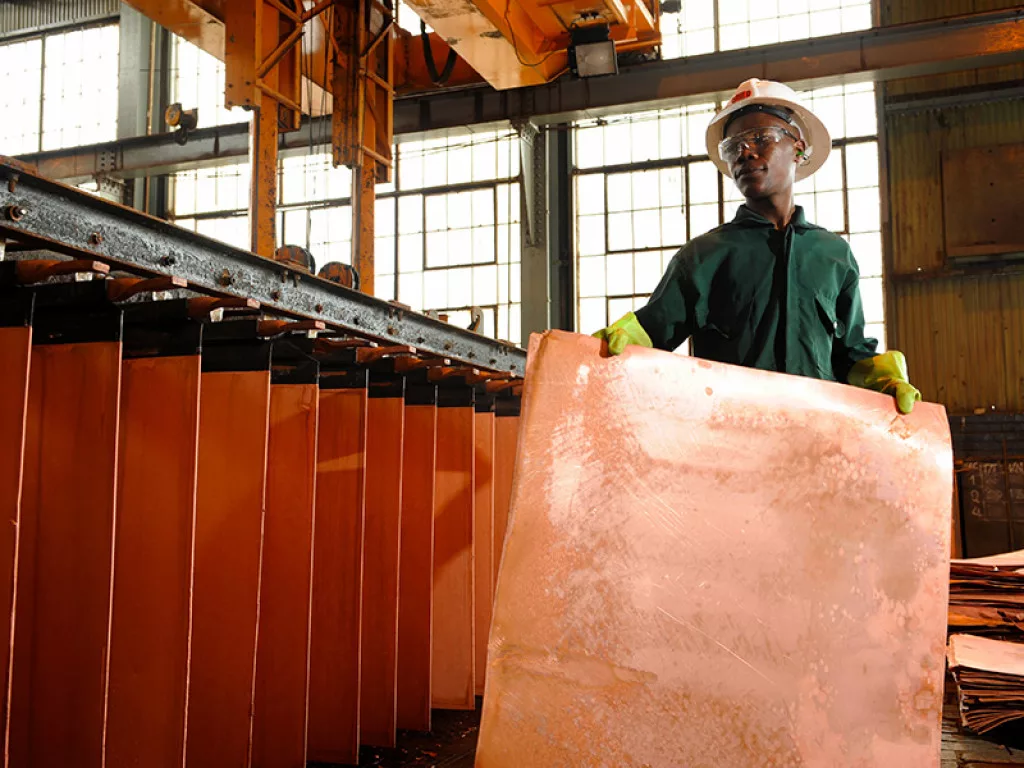
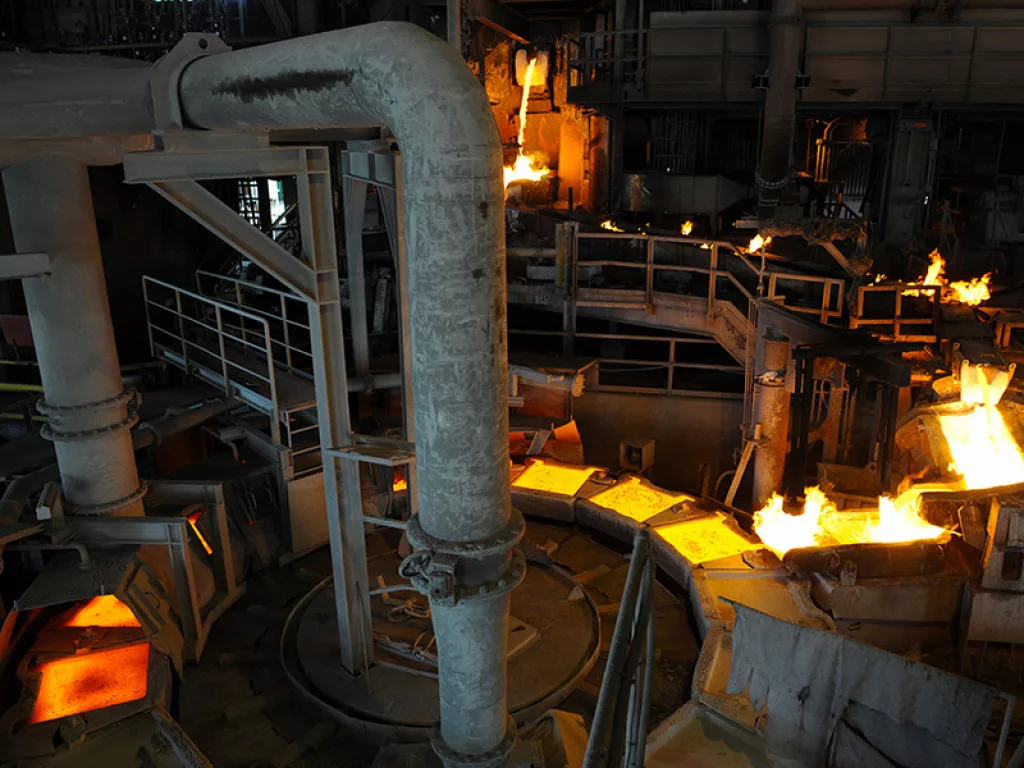

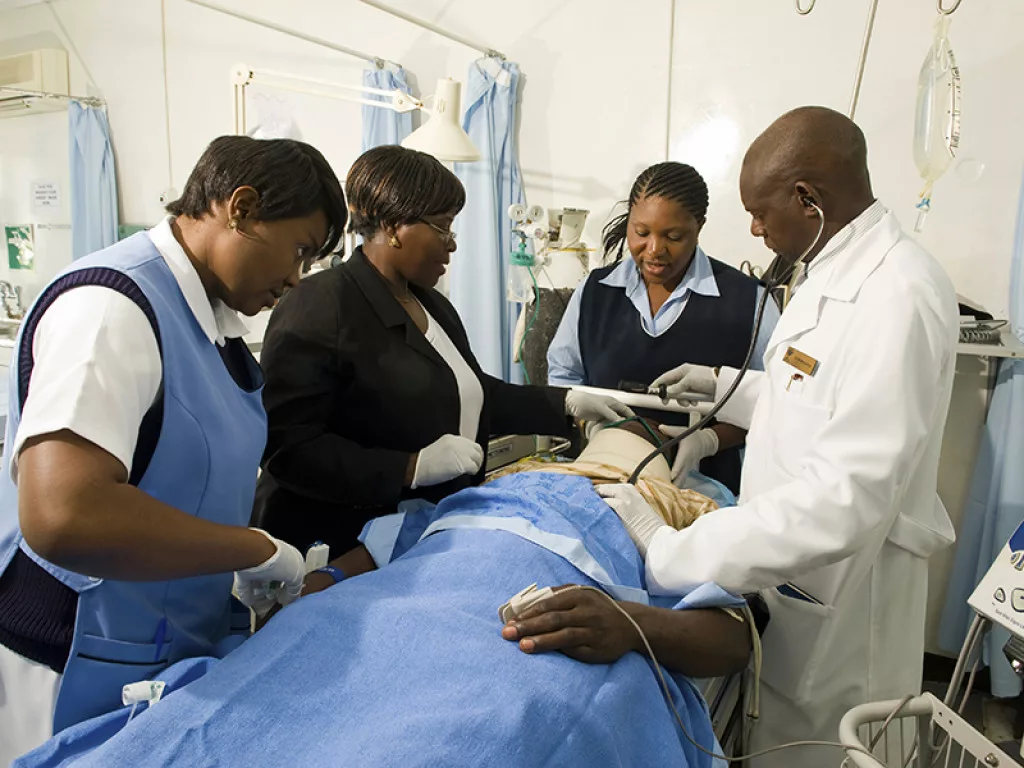
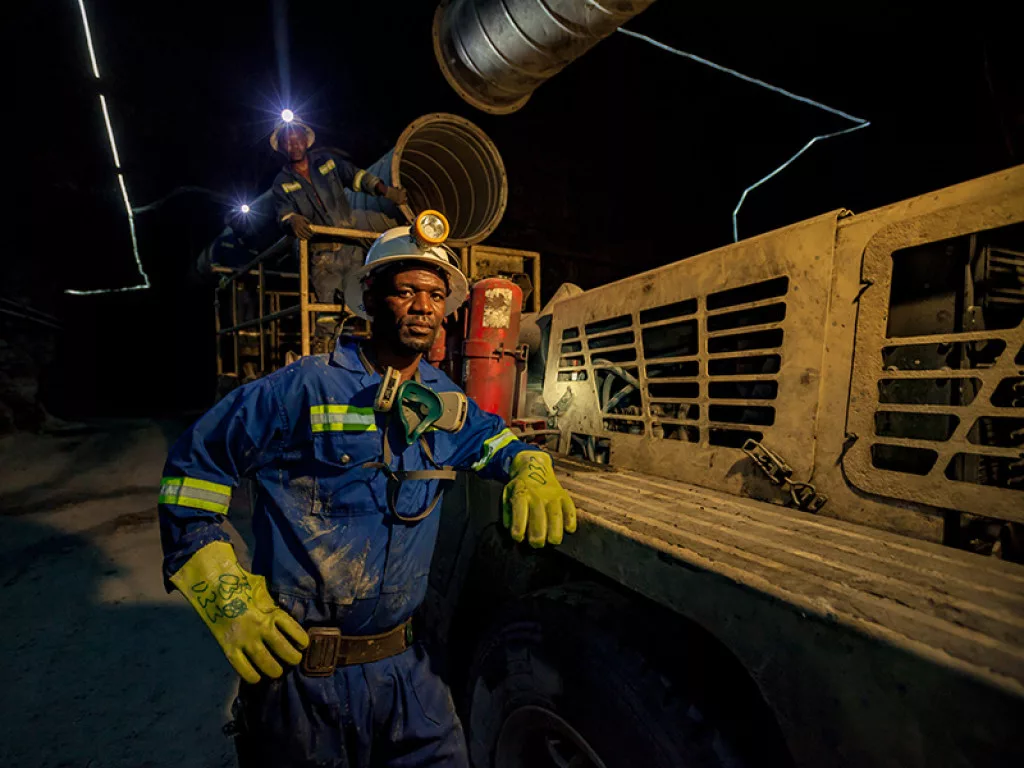
A MINE FOR THE FUTURE
Looking to the years ahead, Sakanya remains focused on major target of Mopani Copper Mines: completing its ongoing expansion projects to increase production.
For the remainder of 2021, this consists of further stabilising operations in the wake of Glencore International AG’s company exit.
Within this, MCM’s targets include commissioning the Synclinorium concentrator before the end of the year, and an increase in copper cathode production of 17.16 percent. The fruits of these efforts alone will see MCM well on its way to achieving an EBITDA of $57 million – an improvement of 114 percent compared to 2020.
With 2021 dedicated to stabilisation, the following year addresses the theme of sustaining operations, which is where expansion projects become key. 2022 will see the commencement of the Synclinorium Pump Chamber project works, and further work on the Minola Deeps shaft, including headgear erection and shaft equipping. In addition, next year will also herald the installation of a second crusher, conveyor belt and dump truck loop construction, and the buttressing of tailings storage facilities (TSFs) at Nkana and Mufulira.
In addition to the company’s diversification projects, including modifying the Synclinorium concentrator to introduce a cobalt circuit, this will see MCM geared for an ambitious 2023.
“From 2023 onwards, MCM will begin a trajectory of growth,” says Sakanya.
“We will commission the pump chamber at the Synclinorium shaft and shutdown winding plant infrastructure at the central shaft to save cost.
“MCM will also pursue a production increase by expanding mining operations at both Nkana South and the Mufulira mine site, whilst completing the equipping and commission of the Minola Deep shaft,” he outlines.
Buttressed by this strategy and strengthened by the agility guaranteed through diversification, like the sturdy roots of the Mopani tree, MCM will continue to flourish and blossom on the Zambian landscape. Not only this, but the mine will maintain its status as one of the world’s largest mines and exporters.
For Sakanya, he holds nothing but optimism for the years ahead.
“The MCM team will continue to work smarter, embracing teamwork, to make Mopani great,” ends Sakanya.



